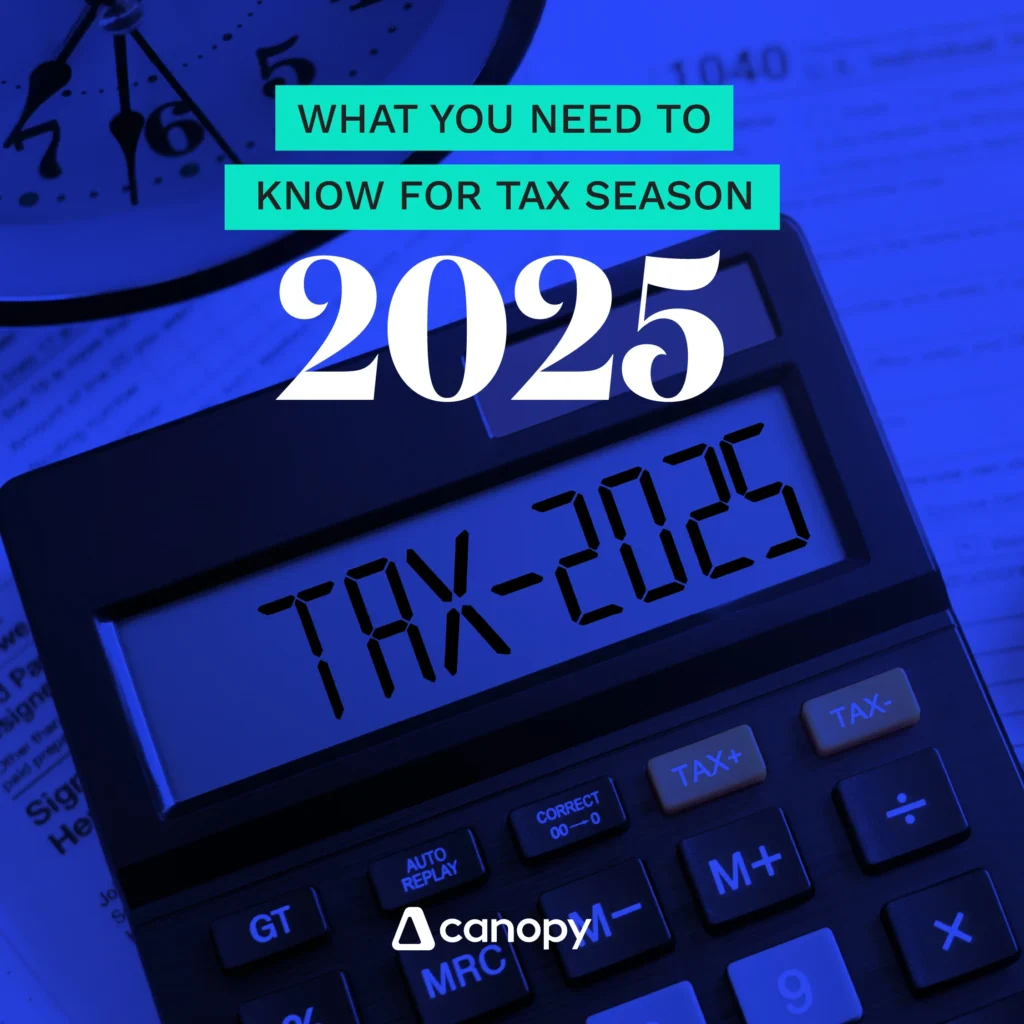Introduction: Get Ready for Tax Season 2025
Tax season can be stressful, but with the right knowledge and preparation, you can file your 2025 tax return accurately and on time—while maximizing deductions and avoiding penalties.
This guide will walk you through everything you need to know about filing your taxes in 2025, including important deadlines, tax brackets, deductions, credits, and common mistakes to avoid. Whether you’re a W-2 employee, self-employed, or a business owner, this comprehensive tax guide will help you stay compliant and potentially lower your tax bill.
1. Key Tax Deadlines for 2025
Mark these important IRS tax filing deadlines on your calendar to avoid penalties:
📌 January 15, 2025 – Q4 2024 estimated tax payment due (for self-employed individuals & freelancers).
📌 January 31, 2025 – Employers must send W-2 and 1099 forms to employees and contractors.
📌 April 15, 2025 – Federal tax return deadline (Form 1040) & last day to file an extension.
📌 June 17, 2025 – Q2 estimated tax payment due (self-employed).
📌 October 15, 2025 – Extended tax filing deadline (if you filed for an extension).
💡 Tip: Even if you file for an extension, tax payments are still due by April 15, 2025 to avoid penalties and interest.
2. Tax Brackets & Rates for 2025
The IRS adjusts tax brackets annually due to inflation. Below are the 2025 federal income tax rates:
📌 2025 Tax Brackets for Single Filers
| Taxable Income | Tax Rate |
|---|---|
| $0 – $11,600 | 10% |
| $11,601 – $47,150 | 12% |
| $47,151 – $100,525 | 22% |
| $100,526 – $191,950 | 24% |
| $191,951 – $243,725 | 32% |
| $243,726 – $609,350 | 35% |
| Over $609,350 | 37% |
💡 Tip: Your effective tax rate may be lower than your marginal tax rate because only portions of your income are taxed at different rates.
3. What’s New for 2025?
Here are some important tax law changes for the 2025 tax year:
✔ Higher Standard Deductions:
- Single filers: $14,600
- Married filing jointly: $29,200
- Head of household: $21,900
✔ Child Tax Credit Adjustments:
- The Child Tax Credit (CTC) remains $2,000 per child under age 17.
- Additional refundable amounts may vary based on new legislation.
✔ Retirement Contribution Limits Increased:
- 401(k) limit: $23,000 (up from $22,500 in 2024).
- IRA contribution limit: $7,000 (up from $6,500 in 2024).
💡 Tip: Take advantage of higher contribution limits to reduce your taxable income while saving for retirement.
4. Tax Deductions & Credits to Lower Your Tax Bill
Here are some of the best tax deductions and credits available in 2025:
✅ Standard Deduction vs. Itemized Deductions
- Standard Deduction: Most taxpayers will claim the increased standard deduction instead of itemizing.
- Itemized Deductions: If you have large medical expenses, mortgage interest, or charitable donations, itemizing may save you more.
✅ Popular Tax Deductions
✔ Self-Employed Business Expenses – Home office, mileage, supplies.
✔ Student Loan Interest Deduction – Up to $2,500 deduction.
✔ Medical Expenses – Can deduct qualified expenses exceeding 7.5% of AGI.
✔ Mortgage Interest Deduction – Deduct interest on mortgages up to $750,000.
✅ Valuable Tax Credits
✔ Earned Income Tax Credit (EITC) – For low-to-moderate income taxpayers.
✔ American Opportunity Tax Credit (AOTC) – Up to $2,500 per student for college expenses.
✔ Lifetime Learning Credit – Up to $2,000 per year for education expenses.
💡 Tip: Tax credits are better than deductions because they reduce your tax bill dollar-for-dollar.
5. How to File Your Taxes in 2025
✅ Option 1: File Taxes Yourself (Online or Paper Filing)
- Use IRS Free File if you earn $73,000 or less.
- Tax software like TurboTax, H&R Block, or TaxAct makes e-filing easy.
- Paper filing is an option, but e-filing is faster and more secure.
✅ Option 2: Use a Professional Tax Preparer
- Best for complex tax situations (self-employed, business owners, investors).
- Certified tax professionals can maximize deductions and credits.
- Consider First Union Tax for expert tax filing assistance.
💡 Tip: If you expect a refund, e-filing and selecting direct deposit gets your money faster.
6. Common Tax Filing Mistakes to Avoid
🚨 1. Missing the Deadline – File on time to avoid IRS late penalties.
🚨 2. Incorrect Bank Info for Refunds – Double-check your direct deposit details.
🚨 3. Forgetting Tax Deductions & Credits – Claim all eligible write-offs.
🚨 4. Filing Under the Wrong Status – Ensure you choose the right filing status (single, married, head of household).
🚨 5. Not Reporting Side Income – The IRS tracks freelance & gig economy earnings.
💡 Tip: Filing electronically reduces errors since tax software automatically checks for mistakes.
7. What to Do If You Owe Taxes
If you owe taxes, consider these options:
✔ Set Up an IRS Payment Plan – Pay in installments if you can’t pay in full.
✔ Apply for an Offer in Compromise – Settle for less than the full amount owed.
✔ Adjust Withholding for Next Year – To avoid owing next year, update your W-4 with your employer.
💡 Tip: The IRS charges interest & penalties on unpaid taxes, so it’s best to pay as much as possible by April 15.
Get Ready for Tax Season 2025!
Filing your taxes doesn’t have to be complicated. By staying organized, understanding deductions, and filing on time, you can reduce your tax burden and avoid penalties.
📌 Need help filing your 2025 taxes? Contact First Union Tax today for expert tax preparation, deductions, and refund maximization!
TaxFiling2025 #TaxGuide #FileYourTaxes #TaxDeductions #TaxCredits #TaxRefund #SelfEmployedTaxes #IRS #FirstUnionTax #TaxSeason

